Goldpine
Donald’s Farm: An Educational Farm
Based in the rural southeast suburb of Whitford, Auckland, Donald’s Farm is a 74-hectare dairy property filled with overwhelming potential. In 2018, Donald Pearson gifted the farm to New Zealand Young Farmers in the hopes that it would educate young people, connecting them with the primary sector, and helping them understand why agriculture is a significant part of New Zealand’s identity.
The farm is a base for local students around the Auckland region to visit and learn all that they can about the primary sector. Farm Manager, Sam Waugh, enjoys watching the students’ perceptions change, from when they are first on farm to when they leave. “The interest that it sparks makes for a unique, fun and exciting place to work,”he said.
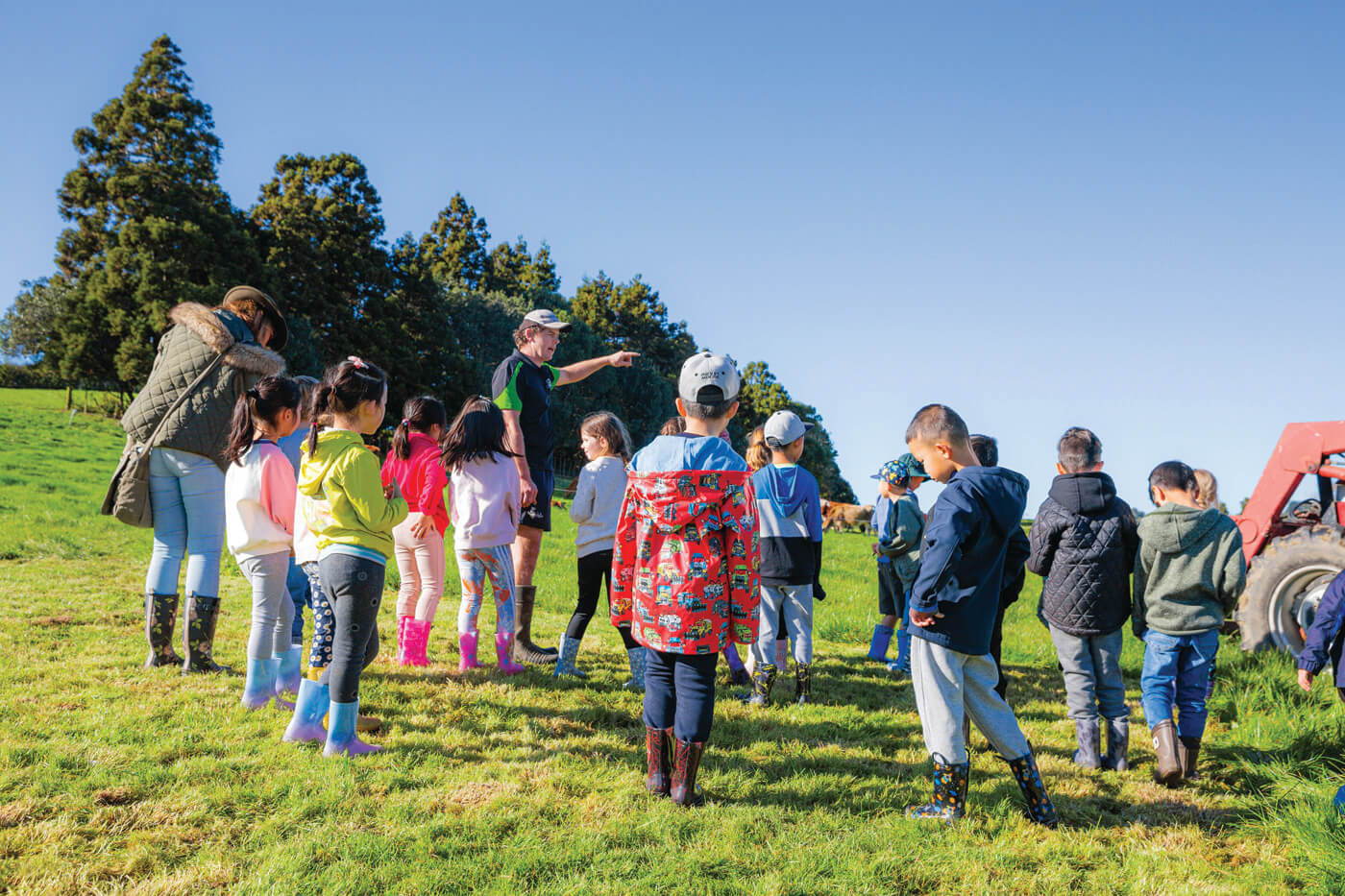
Sam is the sole worker at Donald’s Farmand oversees the day-to-day operations of running the dairy farm. His varied role also spans farm development and educational programmes – teaching students about the agricultural sector. Sam grew up around sheep, beef and dairy farming; his parents owned a dairy farm before they started a feed mill. When he was old enough, Sam went to Lincoln to study agriculture, before becoming a farm advisor in Canterbury for four and a half years. He also spent a couple of years on cropping farms in the United Kingdom, before returning to New Zealand to work on Donald’s Farm, where he’s been stationed for the last three seasons.
On the farm, they peak milk around 130 cows and rear their replacement stock. Of the 74-hectare property, there are 63 effective hectares. “Donald Pearson really wanted the property to remain as a dairy farm, and being right next to Auckland, there's a lot of pressure for farms around here to be subdivided into lifestyle blocks and chopped up into housing. He was adamant that was not what he wanted for the farm. He also worked with small groups of children who entered calves from the farm in their school AgDay competitions; Donald really enjoyed that side of it. So he wanted it to be used to connect people with farming, and promote the primary sector to those who live in the city, giving them a chance to not only speak to a farmer but come out to a farm and see how it all happens,” Sam said.

“Since then, there's been a bit of development work happening on the farm. We've spent quite a lot of time developing our strategy and direction, and are starting to really move forward, advancing that strategy by getting groups of kids out onto the farm.”
They currently host small groups of high school and primary school children with the hopes of expanding the capacity of students on the farm. Their visits can be for practical hands-on learning or education through guided tours, whilst talking through how the whole farming system operates. They’ve partnered with organisations, such as Primary ITO, DairyNZ and Nature’s Den, that support hands-on farming experience and the enrichment that it can bring to students. Sam works with these groups to help facilitate the process and provide the location.
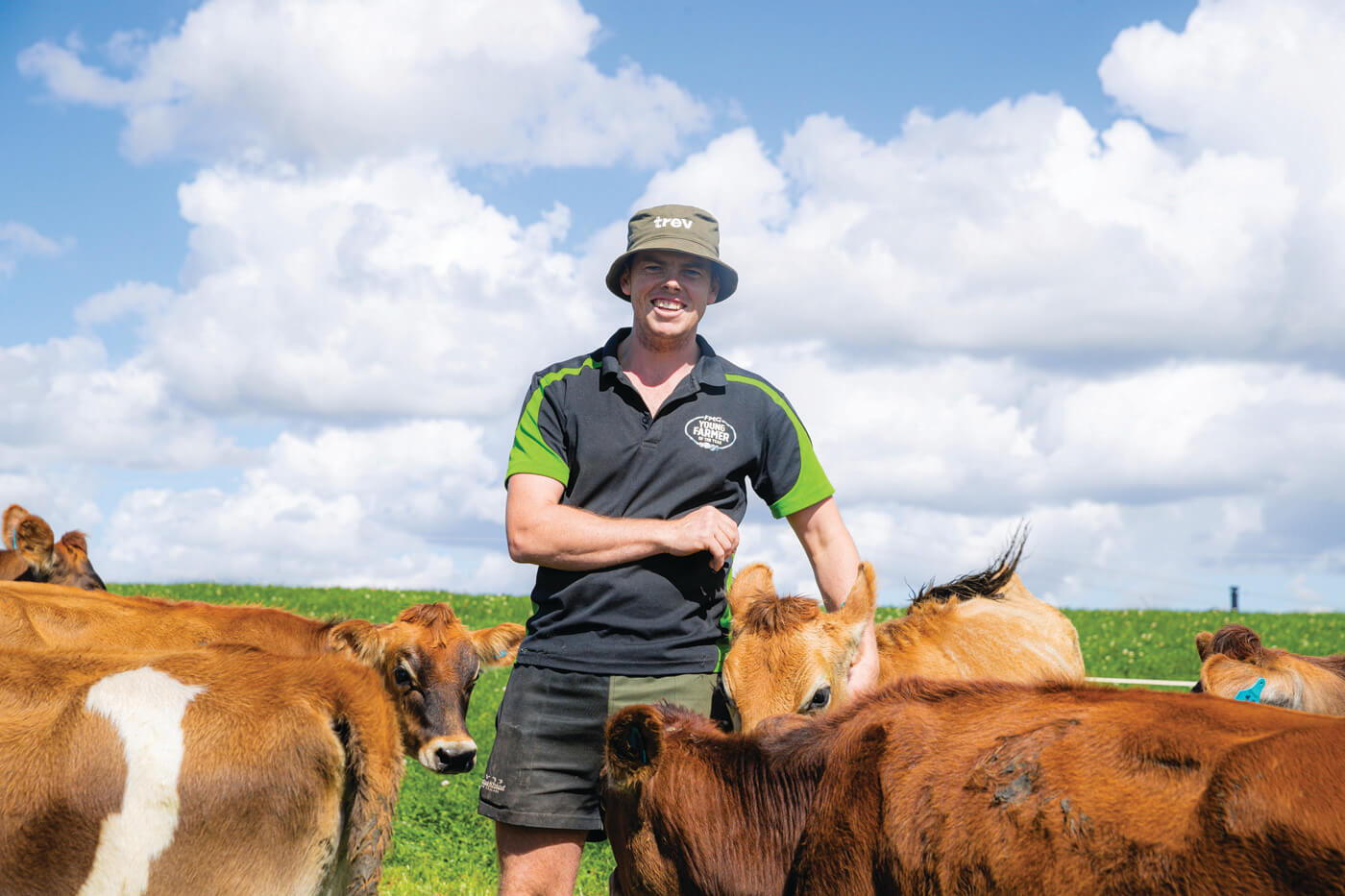
“The long-term goal is about bringing multiple groups out throughout their schooling career. They might come out a couple of times as a primary-aged student, once in intermediate, and a few times when they’re at high school. It’s really to get multiple interactions with the primary sector, seeing different parts of it as they move through the school system. It’s also a way to keep the primary sector front of mind when looking at opportunities for work and what they want to do in the future,”Sam said.
“There’s a lot of talk about the rural-urban divide, but the way I see it is that a lot of people in the city have never spoken to a farmer or had a chance to go to a farm. They just don't have any knowledge or understanding of what it's all about. That's really our focus, we aim to get about 5,000 students a year onto the farm.”
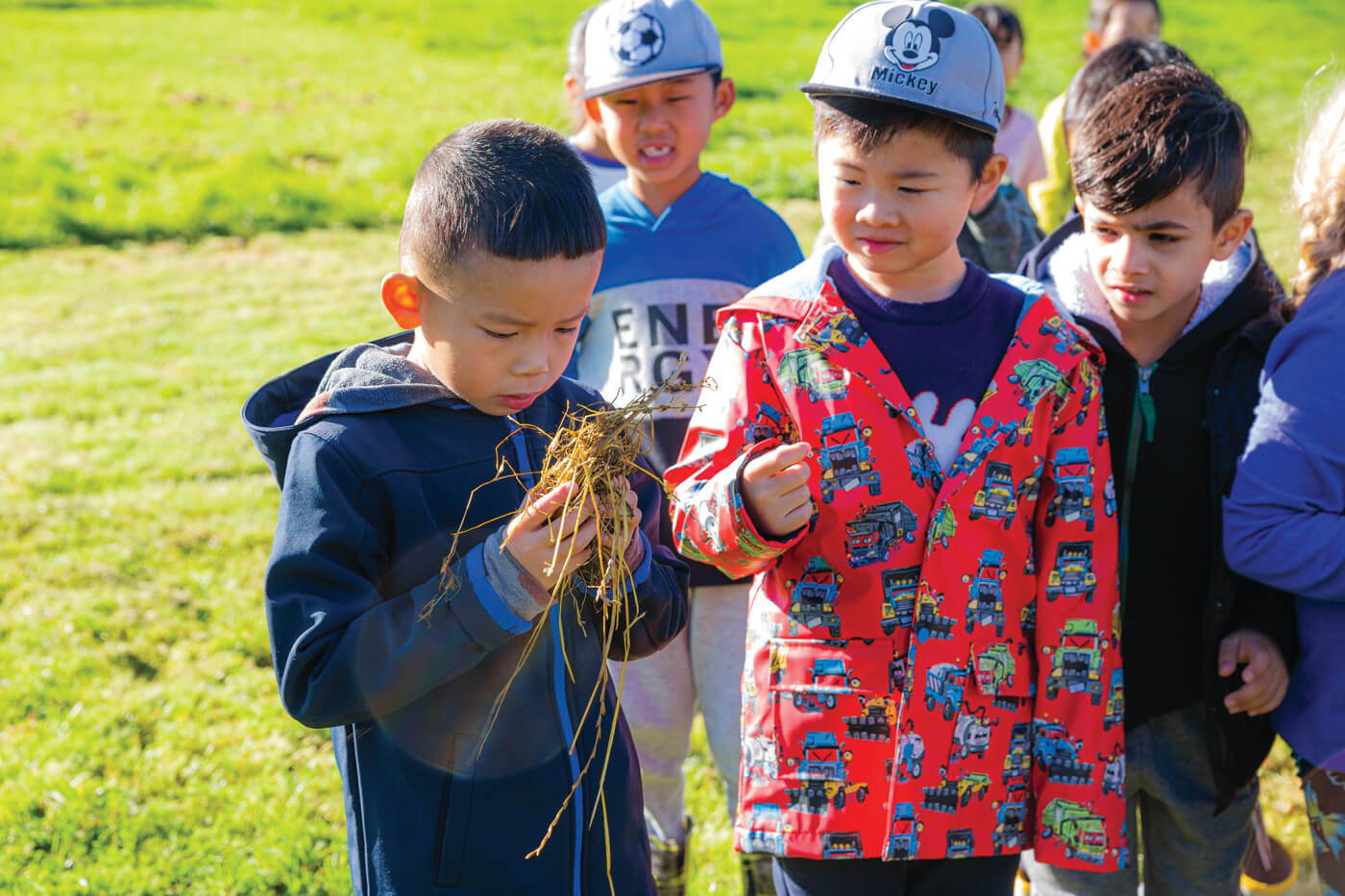
An event recently hosted at Donald’s Farm by Inspiring the Future Aotearoa, saw students from two South Auckland high schools, Manurewa and Papakura, spend a full day on farm learning more about the career pathway in food and fibre and connecting them to the primary sector.
“We’re also wanting to incorporate some information around farming, in particular Donald's Farm, for the students at school to contextualise their learning. When they go back to the classroom and they're doing papers around statistics, for example,instead of looking at jelly beans in a jar, they might look at our milk data and they can sort of relate what they're doing back to real-life situations.”
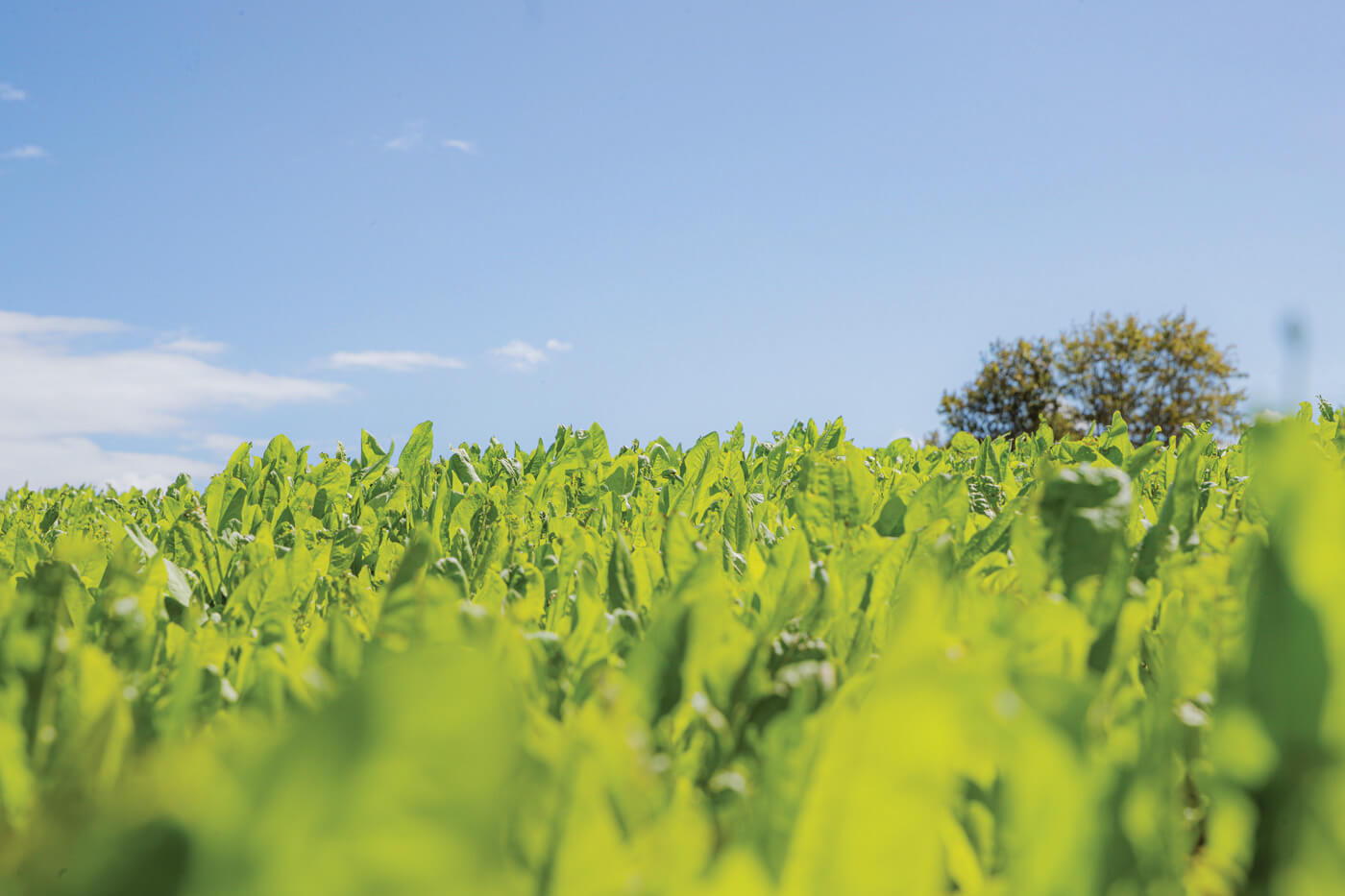
The overarching mission is to refocus and showcase the farm. Sam is currently working on ways to increase scalability and accommodate more students, which includes extending their laneways so buses can transport students around the farm. They are also interested in getting funding to build a classroom or education facility on-site, providing students with a home base when they’re on location.
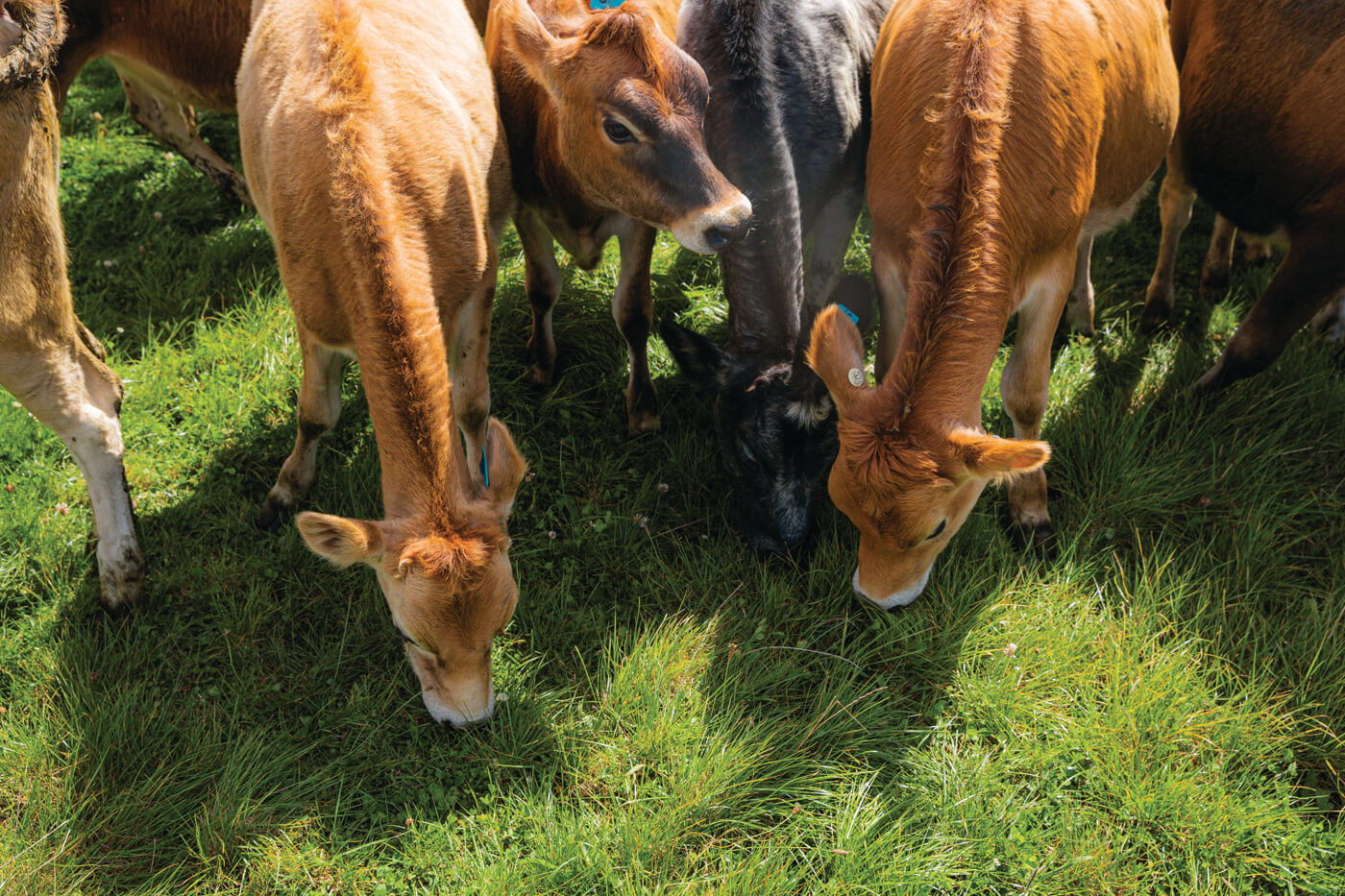
When students arrive on farm, they love interacting with the animals. Sam mentioned that some high school students, however, are often more interested in learning about electric fences, so Sam gets to teach them more about fencing and electronics.
Sam wants to highlight to students an understanding of what farmers do. When they see a cow they will know where their milk comes from, providing a long-term understanding of not just dairy farming, but the primary sector as a whole. “With a lot of regulations that are coming through fast at the moment, it’s good for people to have an informed decision around farming and what it takes to produce food because, without farmers, we’d all go hungry pretty quick,”Sam said.
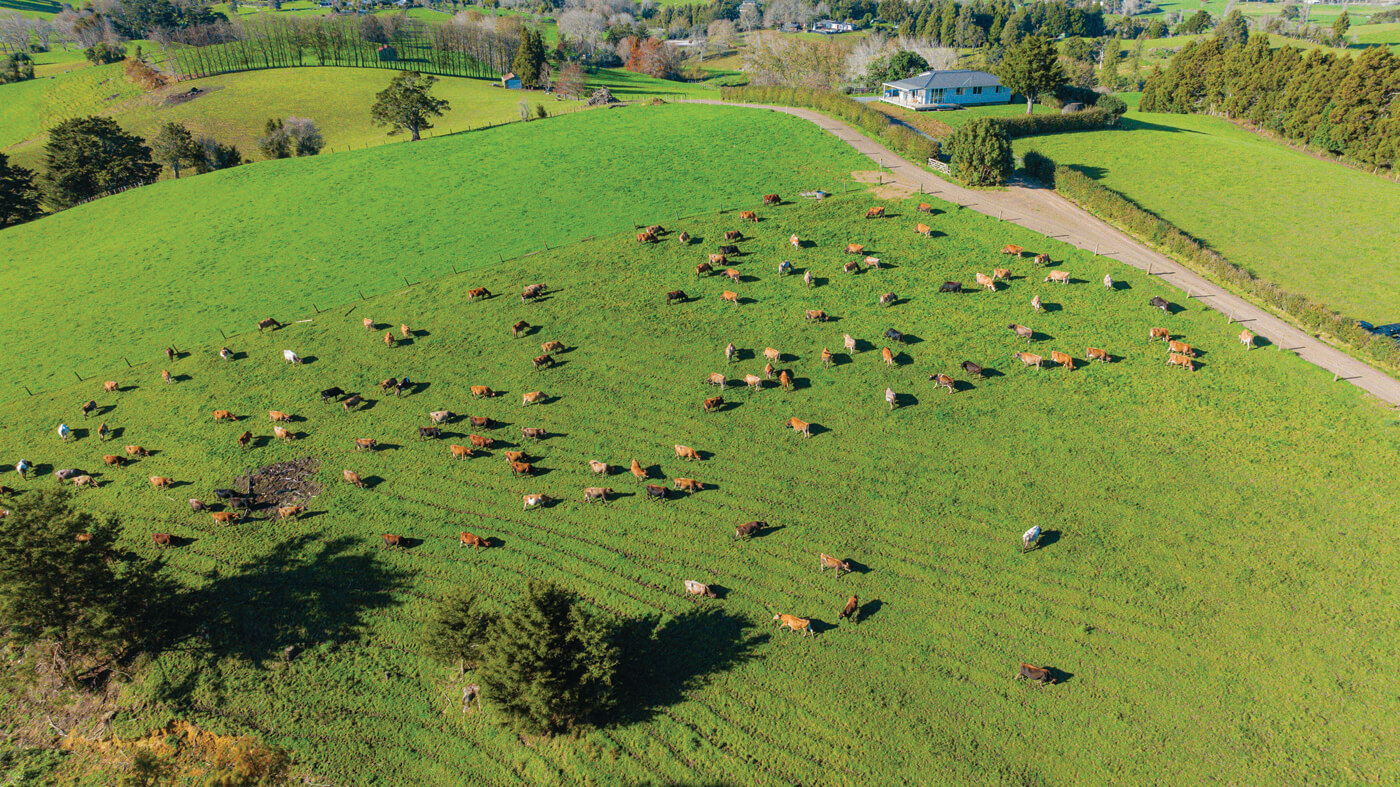
“What’s critical for students to learn and understand is how their food is produced and where their food comes from. They're not just seeing it on supermarket shelves and thinking, that's where it starts, because the closer people are to understanding the production of food and where it's produced, the better long-term outcomes they have for their health, and for their contribution to society.”

.png)

